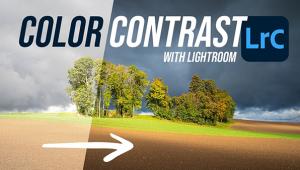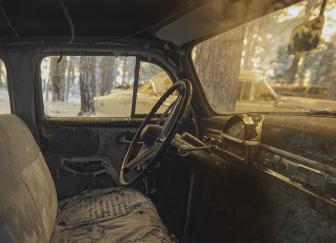Konica Minolta’s DiMAGE X60; A Must-Carry Digital Point-And-Shoot
For some time my favorite pocket camera has been Konica Minolta's DiMAGE Xg; I never go anywhere without it being tucked into its matching leather case. One of the features of the Xg that I like best, besides its ability to make great photographs, is its compact size. Then along comes Konica Minolta's DiMAGE X60, which delivers higher resolution images, better macro capabilities, and the darn thing is smaller than the Xg!

Getting To Be A DiMAGE To Me
The X60 is a 5-megapixel digital point-and-shoot that features a 2.5"
LCD preview screen, 3x optical and 4x (mostly useless) digital zoom capabilities,
along with Macro and "Super Macro" capability. Because of its big
screen, the X60 has no optical viewfinder. Come to think of it, I don't
remember the last time I used the optical viewfinder on my Xg. The large LCD
provides excellent clarity for on-the-spot playback or sharing images with others,
but can occasionally be hard to see in bright light outdoors in spite of its
anti-reflective design. The downside of the big screen is increased battery
usage; that "great sucking sound" you hear while chimping is the
sound of its lithium ion battery being drained. Based on Camera & Imaging
Products Association (www.cipa.jp/english)
measurements, Konica Minolta estimates you can capture approximately 150 frames
using the standard battery and a Secure Digital memory card. As with EPA gasoline
MPG ratings, your own mileage may vary.
 |
|
 |
|
|
Like its X-type predecessors, the X60 stores JPEG files on a Secure Digital/MultiMediaCard memory card but this new model also offers 15MB of internal memory so you can shoot photos without a card or, even better, continue shooting after the card is full. I inserted a SanDisk (www.sandisk.com) Extreme 256MB card in the side-mounted slot and after just a few uses the cover fell off. Like Humpty Dumpty I was never able to put it all back together again--at least permanently. Many other small digital cameras have similarly flimsy covers over their memory card slots but this is the first time I've had one fall off.
 |
 |
|
|
||
Boot N' Shoot
After sliding the lens cover open, the camera starts (boots up?) in a fast 0.5
seconds. Compared to the Xg, which had a small on-off button next to the shutter
release, this sliding lens cover is a major improvement if only because you
won't accidentally turn the camera off when you think you're making
a picture. The X60 has 0.08 shutter-release time lag that sounds fast unless
you're photographing butterflies. With its non-protruding 38-114mm (equivalent)
zoom lens, the X60's zoom lens covers everything from wide angle shots
to close-ups as near as 4". If you want to get even closer, the X60's
Super Macro mode gets you to 2".
 |
|
|
- Log in or register to post comments

































